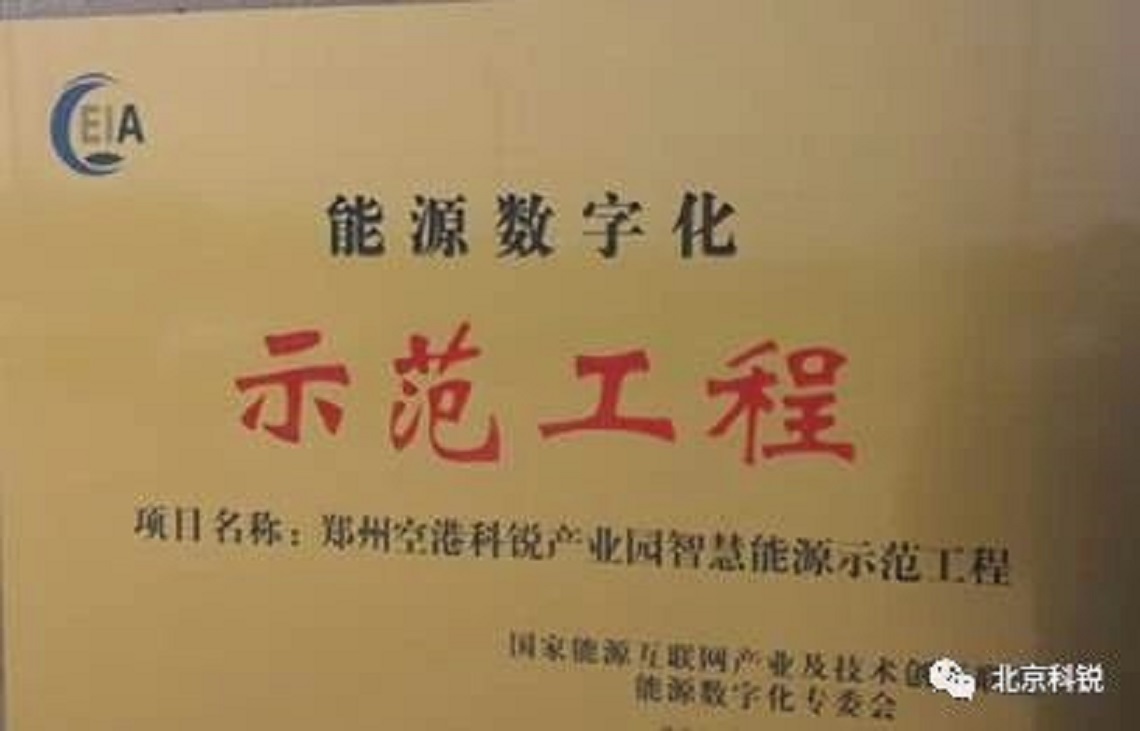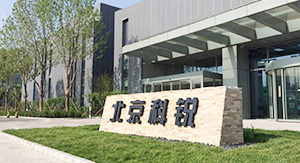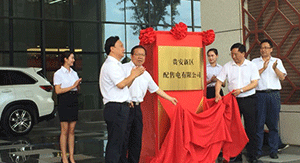CREAT's Zhengzhou Airport Clean Energy Project Successfully Passed the Acceptance
日期:2021-05-08 来源:
The acceptance meeting was presided over by the China Construction Research Institute, who was entrusted by Zhengzhou Development and Reform Commission. Leaders of the Airport Zone Economic Development Bureau, leaders of the Ecological Environment Branch of the Construction Bureau and members of the project acceptance expert group participated in the acceptance meeting.
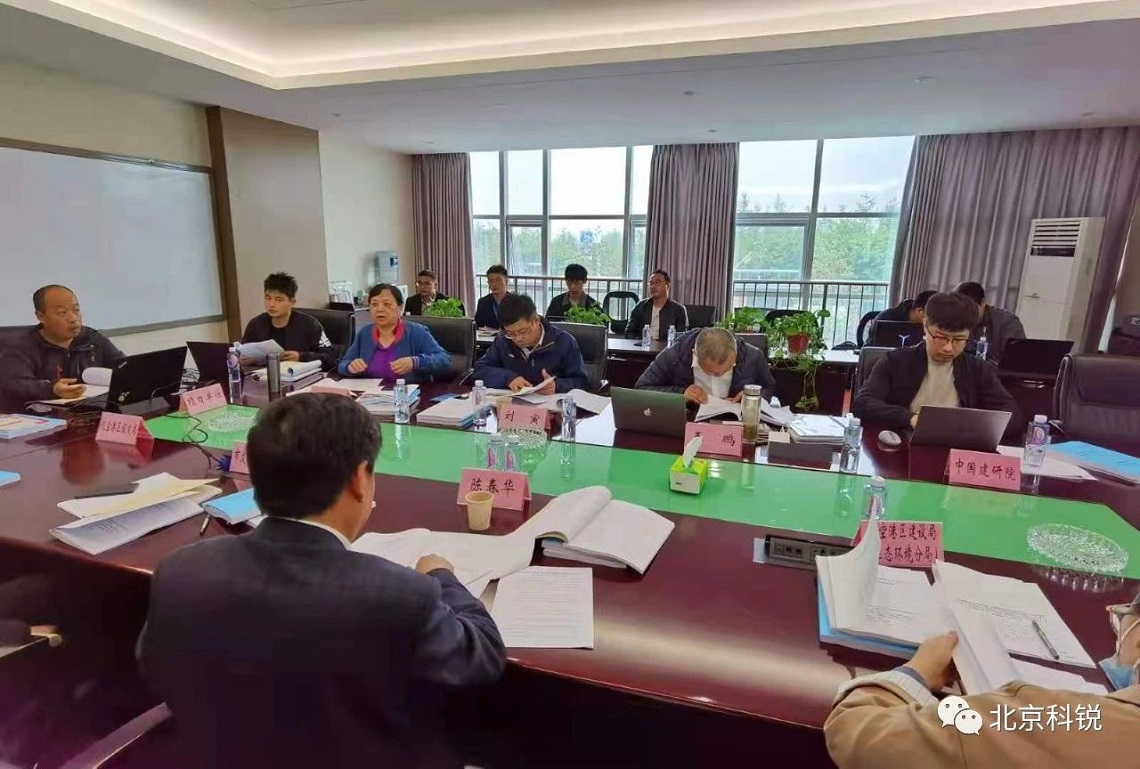
The Zhengzhou City Clean Energy Heating Pilot City Demonstration Project is the important work implemented by Zhengzhou Municipal People's Government based on the spirit of “Notice on Expanding the Central Government's Support for the Pilot Program of Clean Heating Cities in Winter in Northern Regions'' (Caijian (2018) No. 397), which was issued by Ministry of Finance, the Ministry of Ecology and Environment, the Ministry of Housing and Urban-Rural Development, and the National Energy Administration. The demonstration project is to promote the city’s clean energy heating in an orderly manner. Zhengzhou Municipal People’s Government successively issued the ``Notice of Zhengzhou Municipal People's Government on Printing and Distributing the Work Plan for the Construction of Zhengzhou City's Clean Heating Pilot City (2017-2020)'' ( (2018) No. 92), ``Zhengzhou Municipal People's Government on Printing and Distributing Zhengzhou Municipal Clean Heating Pilot City Construction Projects and Fund Management Measures" ( [2018] No. 25) and other documents.
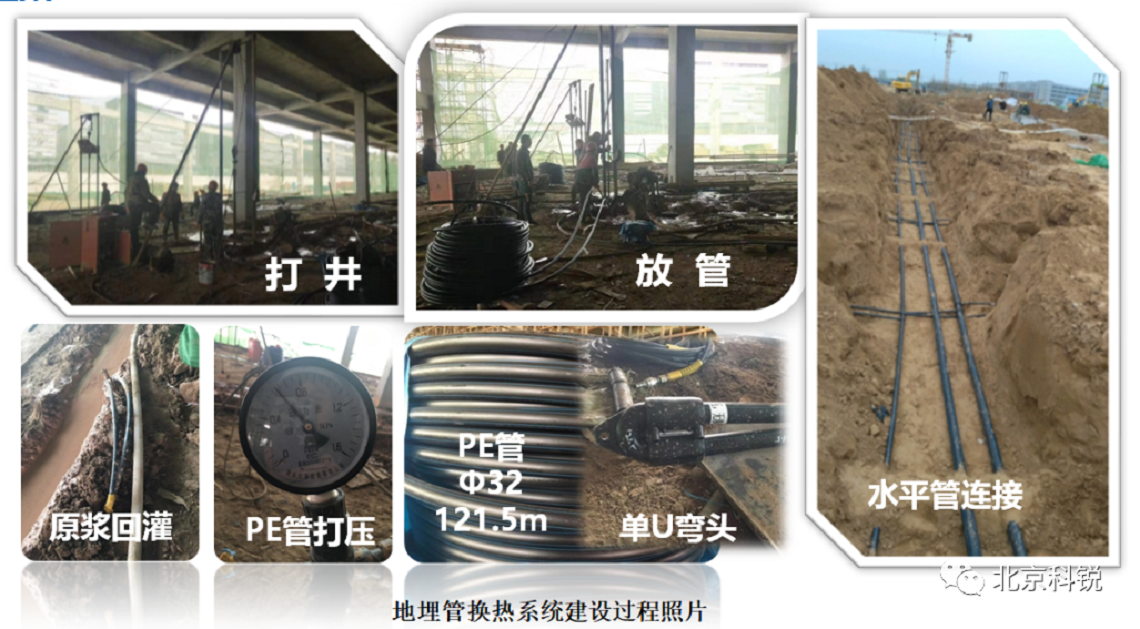
The Airport CREAT Integrated Energy Project is a major innovation that Beijing CREAT develops energy management business and integrates shallow geothermal, water storage, municipal power, distributed photovoltaic, battery energy storage, wind energy and other energies with Internet of Things technology. It forms a "source, grid, load, storage, and storage" micro-energy network, demonstrating Beijing CREAT’s development motives and competitiveness in clean energy applications, multi-energy coordination and complementation, power shifting peaks and valleys, energy conservation and emission reduction.
